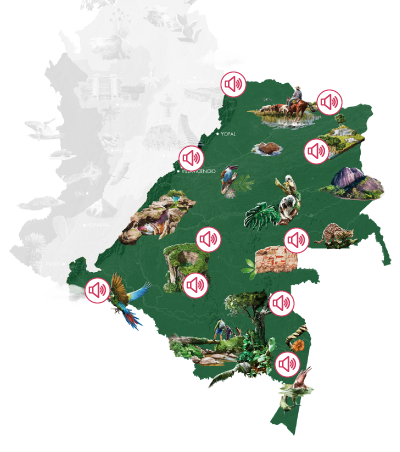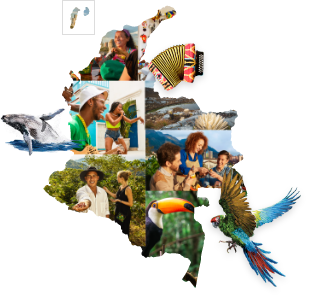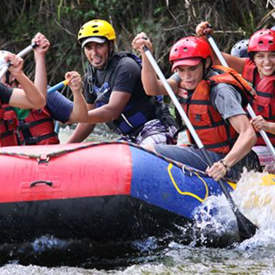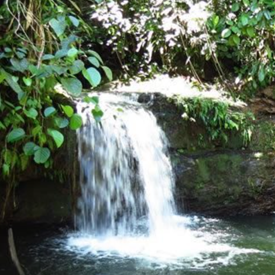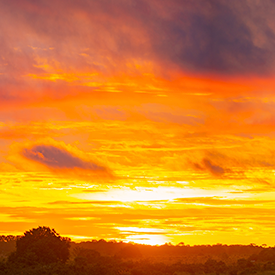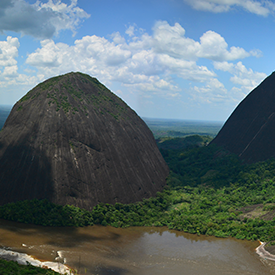Caquetá, the golden gate of the Colombian Amazon
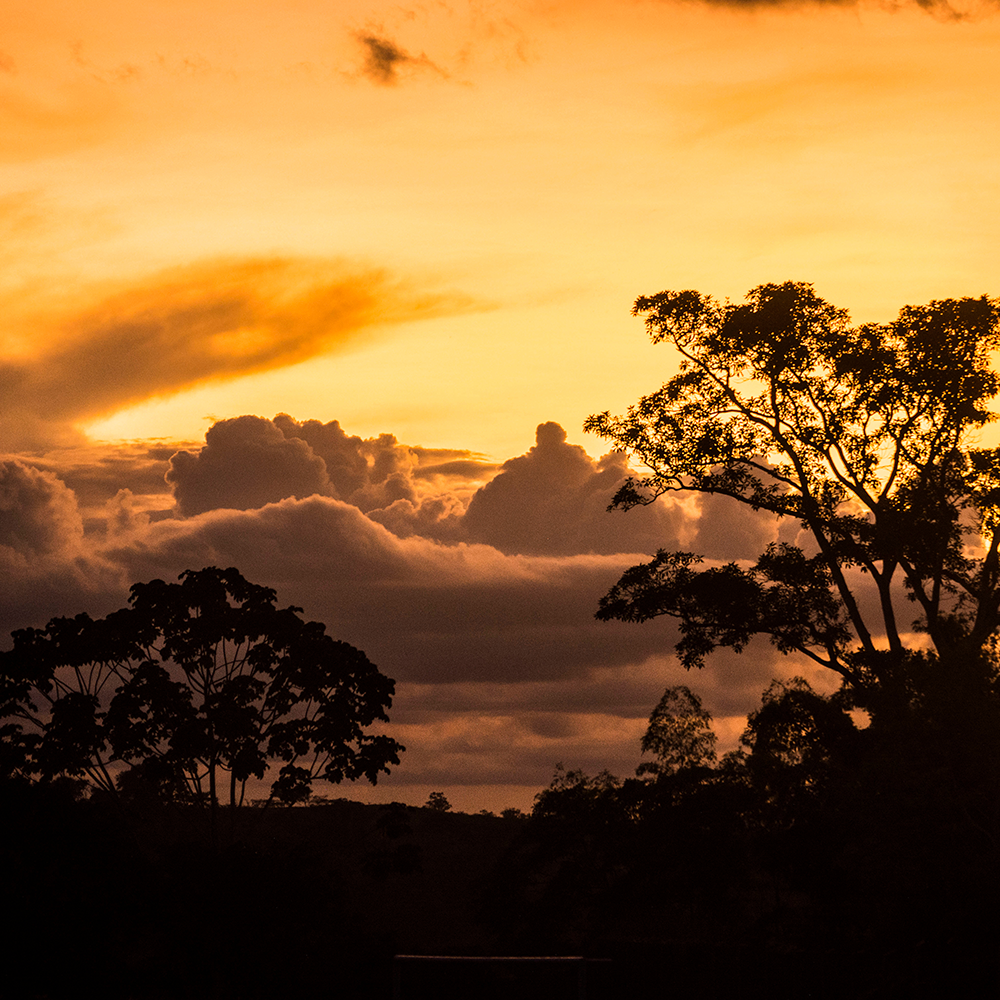
Alt: Sunset in the department of Caquetá, Colombia.
Credit: Enoc2018 // Shutterstock.com
The department of Caquetá is a tourist destination that invites tourists to discover the stories of resistance and ancestral knowledge of its indigenous communities, while marveling them with their jungles, plains and diversity of flora and fauna, with species such as the jaguar and the Monkey Titi de Caquetá.
The department of Caquetá, known as the Golden Gate of the Amazon, is part of the Colombian Amazon-Orinoquía, an immense megadiverse region that hides a universe of natural wonders, between jungles, plains, rivers and species of flora and fauna, as well as ancestral knowledge and living cultures that are considered a heritage that must be preserved.
The jaguar's home
Caquetá is a territory where the piedmont and Amazon rainforest converge. This characteristic makes it a place rich in flora and fauna, where the presence of species such as the Titi de Caquetá monkey and the mystical jaguar stands out, an important icon in the cosmogony of the indigenous communities that inhabit those lands.
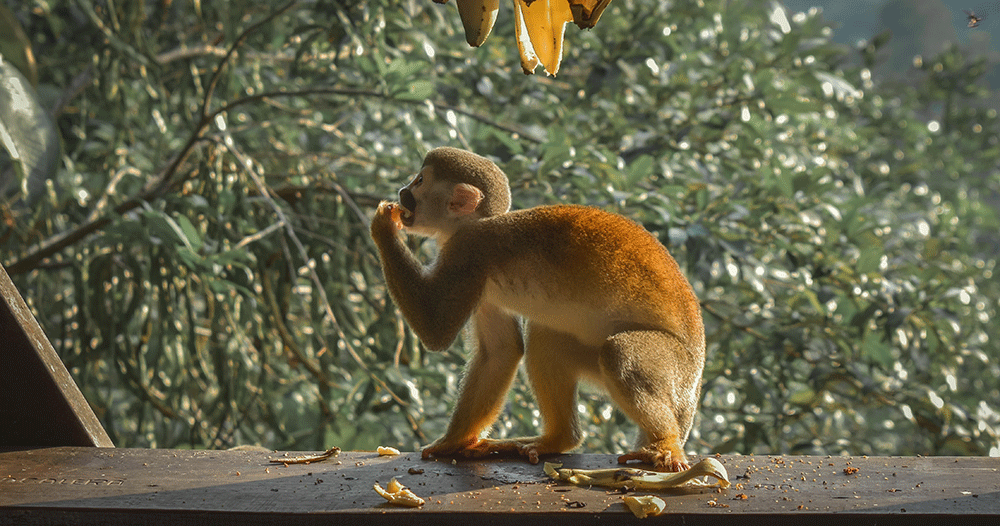
Photo caption: Caquetá is known for the presence of species such as the Marmoset monkey.
This department is also home to more than 120 species of birds, which makes it attractive for visitors who enjoy activities such as bird watching. Through tours that are made by jeep, on the back of a mule or on foot, and with some luck, visitors have the opportunityto observe in its natural habitat the majesticharpy eagle, an experience that, according to local guides, all tourists appreciate for living.
For those passionate about nature, the Las Dalias Nature Reserve is an ideal place. It is an area of 80 hectares that has five natural caves, a waterfall of approximately 12 meters, a natural canyon, as well as darings and the typical flora and fauna of the region.
Other tourist attractions of the department are The Araracuara Canyon, the Danube Nature Reserve, the Picachos Park and the Posada de Los Andaquíes Nature Reserve.
Featured: Download the magazine about the department of Nariño, a place of indigenous and Afro-descendant legacies typical of the region.
Cultural Diversity
Photo caption: In Caquetá there are several cocoa crops, from which various products are extracted.
Due to its geographical location, there have been migratory waves of people from Tolima, Huila and the coffee zone, who have settled in the foothills. That is why it is possible to find coffee, cocoa, rice and cane crops in the region.
This crossing of cultures has also influenced aspects such as gastronomy that stand out recipes from different corners of Colombia with ingredients typical of the indigenous communities. Some typical dishes are ant chili, mojojoy, fish eye chili, among others.
Stories of resistance
The department of Caquetá is a place where various stories of resistance have taken place in the midst of indigenous communities and settlers. Attractions such as the Museum of Caquetá are responsible for recovering and transmitting this historical heritage through art, literature, music, cinema and theater.
In the museum stand out permanent exhibitions that show the works of local artists, characterized by representing the culture of the territory and its political, social and environmental problems.
Highlight: In Caquetá the Mambe International Audiovisual Festival is celebrated, a space for training and film exhibition that takes place every year, and that seeks to support the film products of the department.
The inhabitants of the department also tell their history and social struggles through singing. The musical expressions narrate the social problems, difficulties, exploits of popular characters, and the yearning for peace they pursue, as well as the search for an identity in Caquetá. Here, characters like Eduardo Bahamon Horta stand out, who composed the bambuco 'Soy Caqueteño', recognized as the second anthem of the department.
In Caquetá there are also festivals that show the culture of the indigenous people and that of the settlers, such as the Folkloric Festival of the Amazonian Piedmont and the Colono de Oro Festival, where the main attraction is Andean and peasant music.
Landmarks
Caquetá has emblematic places that show the history of the department, such as the Curiplaya building, recognized as a center of thought where traditionally people traded and discussed political issues. There is also the Monument to the Settlers that represents the colonization of the department by the peasants who came from different regions of the country to settle in this territory.
Highlight: Get to know the magazine about the department of Guaviare and discover other emblematic places in the region.
Finally, there are the Malokas, an icon represented by indigenous communities and their ancestral knowledge, which are recognized as a true heritage of the department. The knowledge about oral history, culture and traditional medicine of these peoples, has led to the offer of tourist activities so that people can discover this ancestral world that invites connection with nature and its wealth.



